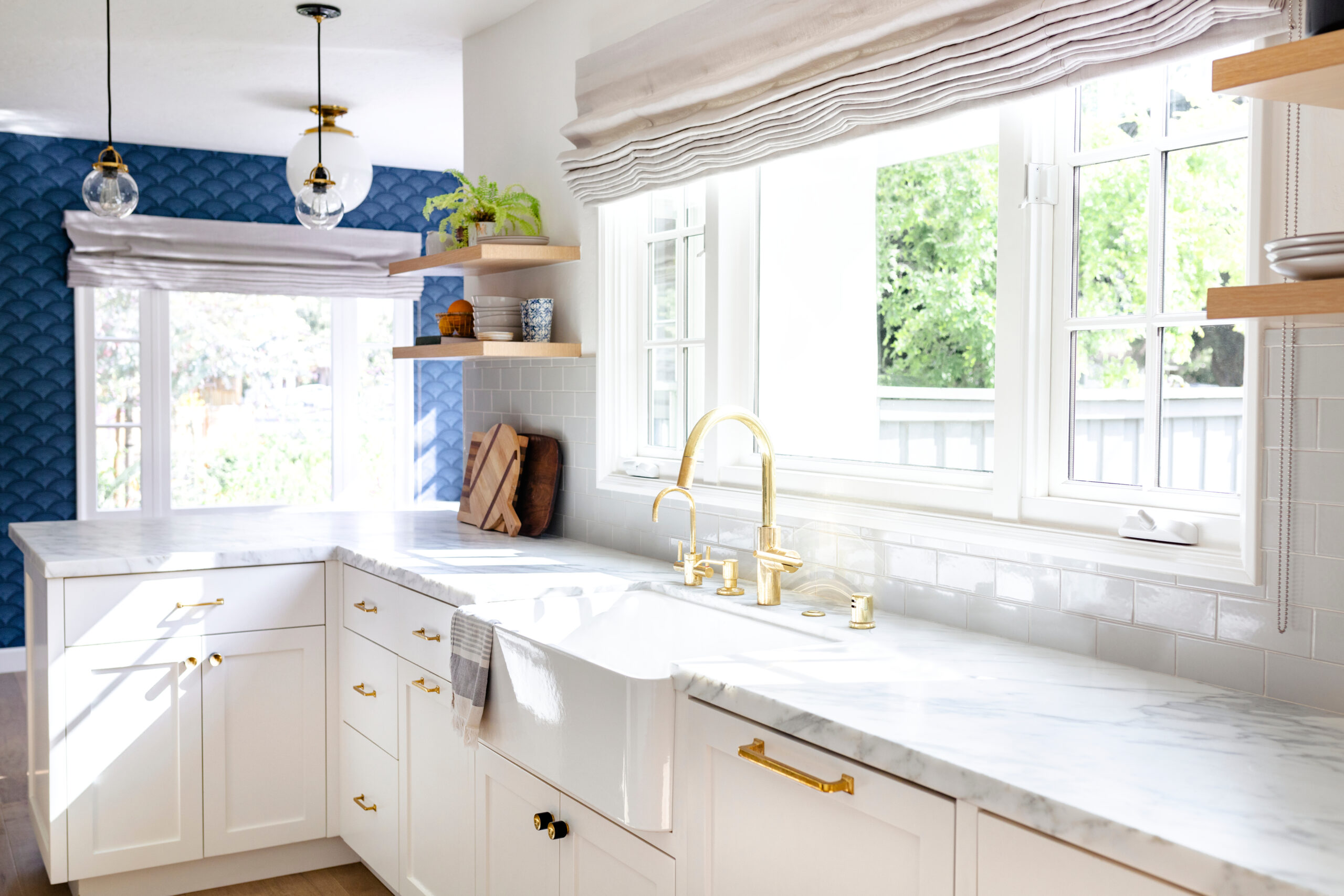How Home Renovations Can Affect Your Septic System
Home renovations are exciting. Whether you’re adding a bathroom, expanding your living space, upgrading your kitchen, or reshaping the landscaping—changes can improve comfort, value, and curb appeal. But if your home is served by a septic system, any of these renovations can have unintended consequences. At Colson’s Septic Services, with over 30 years of experience installing, repairing, and maintaining septic systems across Carroll, Howard, Frederick, Baltimore & Montgomery Counties in Maryland, we’ve seen what works—and what doesn’t. Here are some of the impacts to watch out for, and tips to protect your septic system during and after your home renovation projects.
- Adding Bathrooms or Bedrooms: Increased Load
The single biggest renovation-related stress on a septic system is adding fixtures—especially bathrooms. Each toilet, shower, bathtub, or sink adds wastewater volume. Some effects:
- Greater hydraulic load: Your tank sees more water, and the leach field must handle more effluent. If the system was sized for a smaller home, it may become overwhelmed.
- Organic & solids overload: More waste means more solids to settle out and more organic matter to decompose. If solids aren’t removed often enough, they can clog the tank inlet/outlet or the drain field baffles.
- Frequent backups or soggy ground: When the system cannot keep up, you may notice slow drains, sewage odors, or wet spots in your yard near the drain field.
What to do: Before adding bathrooms/bedrooms, have a septic professional evaluate current system capacity. Often, you’ll need a larger tank or expanded drain field, or both. We can help with perc tests, planning, and permitting.
- Home Expansions or Major Remodels: Structural Impacts
Expansions—adding square footage, enclosing porches, building a second story—can also cause indirect harm:
- Excavation damage: Heavy equipment can compact soil over the drain field or damage pipes and laterals.
- Changing roof and surface runoff: More roof area or hard surfaces (driveways, patios) can increase surface water flow toward the drain field, saturating it and reducing its ability to properly disperse effluent.
- Relocation of plumbing: If plumbing lines are rerouted or extended, they need proper slope, capacity, and materials.
What to do: Maintain buffer zones around the drain field; avoid heavy machinery sitting on it; plan surface runoff so it diverts away; ensure new plumbing work meets code and matches or exceeds the capacity of the existing system.
- Landscaping, Pavers, Pools & Driveways: Surface Concerns
Even changes above ground can stress septic systems:
- Heavy landscaping or trees: Tree roots can infiltrate pipes and tanks, especially joints in laterals, causing blockages or leaks.
- Paved surfaces over drain fields: Asphalt, concrete, or large patios prevent oxygen exchange and can suffocate the soil microbes that treat septic effluent.
- Swimming pools or large impermeable surfaces: Increases in impermeable cover lead to more surface runoff; plus, pools and hot tubs often require drainage or backwash, which sometimes make their way into septic systems improperly.
What to do: Plant shallow-rooted plants, not large trees over or near drain fields; keep impermeable surfaces away; allow for cleanouts; make sure any pool drainage is handled correctly (often into municipal storm sewers, not the septic).
- Utility Upgrades & Appliances
Sometimes renovations include new appliances or fixtures:
- High-efficiency washers / dishwashers / garbage disposals: Increased water use or solids input can strain older septic systems.
- Water softeners or filtration systems: They often backwash or regenerate—those discharges must be handled carefully, as salty or heavily filtered water can change soil chemistry or overload the system.
What to do: Choose appliances wisely, understand water use; ensure disposal of backwash is done in compliance with local permits; consider upgrading tank capacity or adding pre‐treatment if needed.
- Preventive Steps & Best Practices
Before, during, and after renovations, here are best practices to protect your septic system:
| Phase | What to Do |
| Planning | Consult a septic professional early—i.e., during design. Assess current system size, condition, past maintenance history. Do a perc test if planning to relocate or expand drain field. |
| During Construction | Keep heavy equipment off drain field; mark all septic tank and line locations so contractors avoid them. Divert construction runoff away. |
| After Renovation | Pump the tank to remove any build‐up; inspect the system to see if the new loads are handled well; monitor for warning signs (slow drainage, bad smell, soggy areas). |
- When Renovation Means System Upgrades
In many cases, the best solution during a substantial renovation is to simultaneously upgrade or even replace parts of the septic system:
- Install a larger or dual septic tank.
- Expand or redesign the drain field.
- Use advanced treatment units if soil conditions are marginal.
- Add risers or improved access points for easier maintenance.
Conclusion
Renovations can add tremendous value and comfort, but neglecting the septic implications can lead to costly damage, repair, or even health hazards. At Colson’s Septic Services, we’re here to help homeowners across central Maryland plan smartly, avoid trouble, and keep their systems working efficiently—for decades. If you’re considering a remodel—whether it’s a third bathroom, a big extension, or landscaping—reach out. We can evaluate your existing system, recommend any necessary upgrades, and help you stay ahead of septic problems.
Contact us today to schedule a free septic evaluation, get expert advice, or request a quote. We love helping homes stay beautiful and functional—below ground and above.


